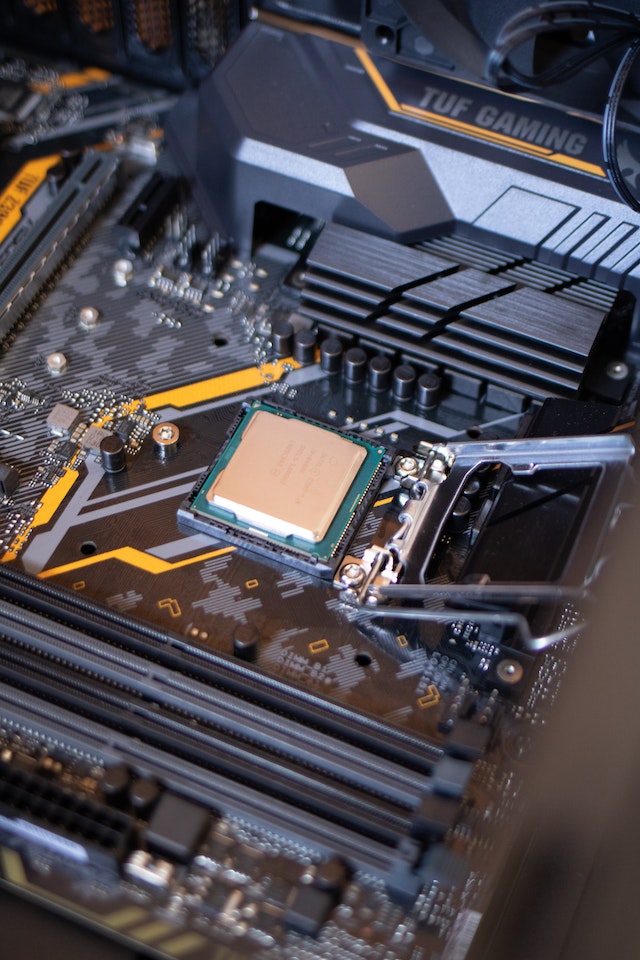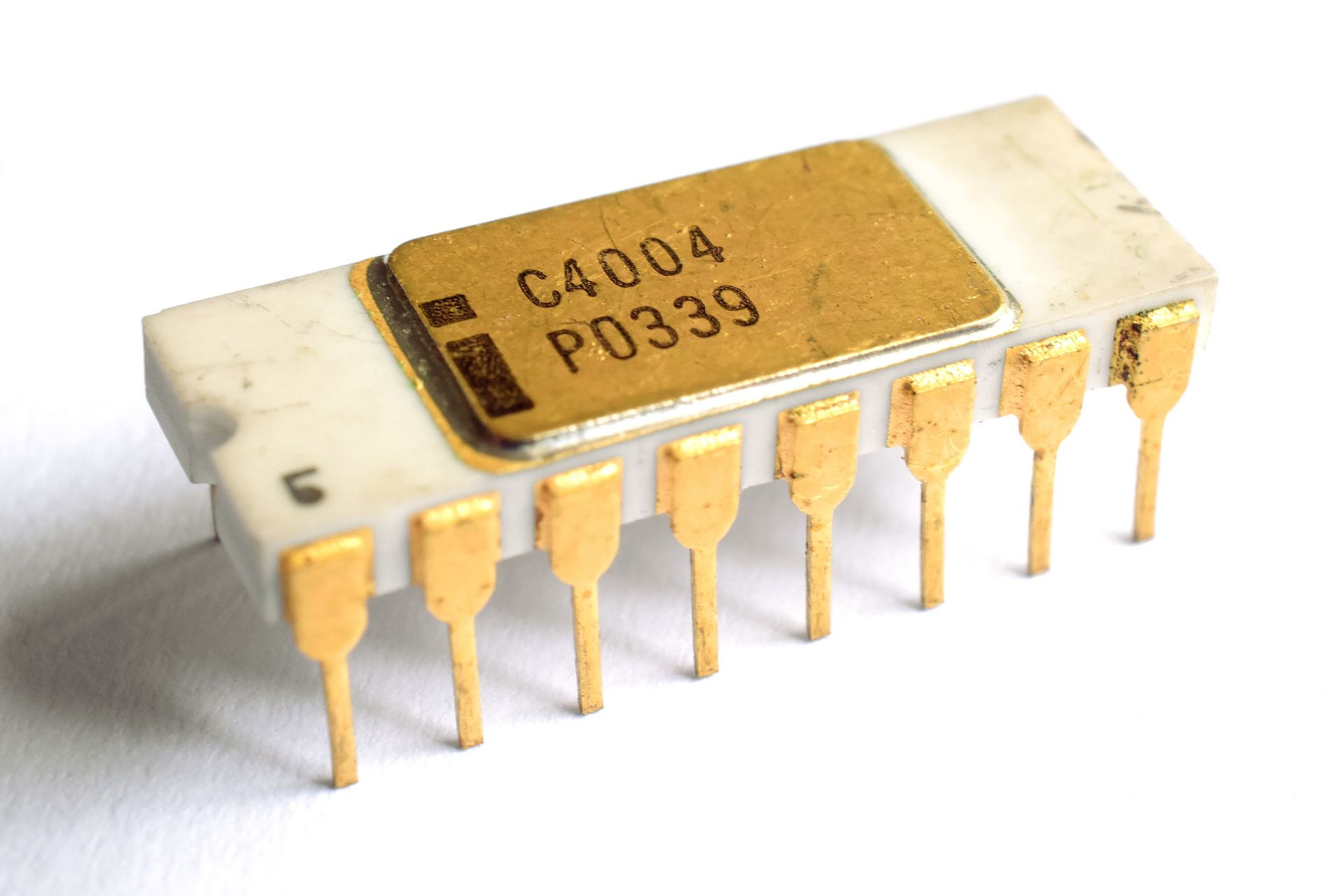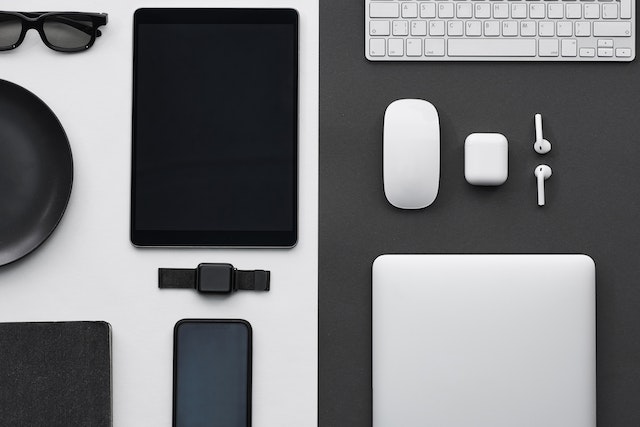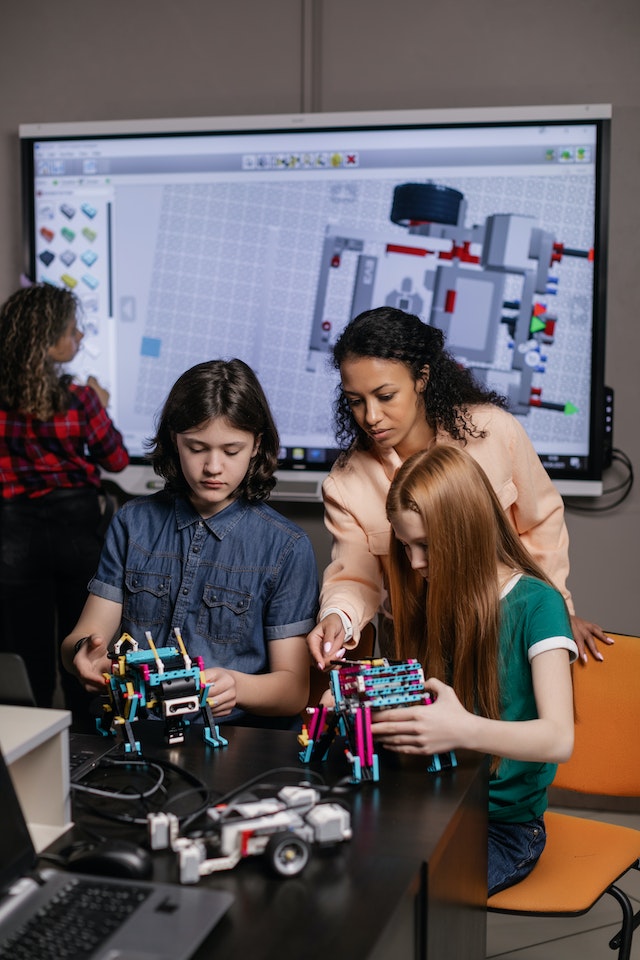A microprocessor is a small, integrated circuit that contains the functions of a central processing unit (CPU) of a computer. It performs arithmetic, logic, and control operations on data, making it the brain of a computer or a robot. Microprocessors have revolutionized technology and enabled the development of various devices, including personal computers, smartphones, and robotics.
The first microprocessor, the Intel 4004, was introduced in 1971. It was a 4-bit microprocessor with a clock speed of 740 kHz. Since then, microprocessors have evolved significantly in terms of processing power, speed, and capabilities. Today, microprocessors are found in a wide range of devices, from simple calculators to advanced robotics and artificial intelligence systems.
Microprocessors play a crucial role in computing by performing all the processing tasks and controlling the operation of other components in a computer system. They execute instructions, manage memory, and communicate with peripheral devices like keyboards, mice, and monitors. Microprocessors have enabled the development of various types of computers, including desktops, laptops, tablets, and smartphones.
In robotics, microprocessors are responsible for controlling the movement, sensors, and actuators of a robot. They receive input from sensors, process the information, and generate appropriate output to control the robot's actions. Microprocessors have made it possible to develop sophisticated robots that can perform complex tasks, interact with their environment, and even learn from their experiences.
The video provides a thorough explanation of what a microprocessor is, outlining its essential functions and various applications in everyday devices. It highlights the key characteristics making microprocessors widely used, including their cost-effectiveness, speed, low power consumption, portability, reliability, and versatility. The video concludes with an emphasis on the role of microprocessors in robotics and an introduction to the upcoming focus on microbits, which are designed for learning and teaching coding.
Duration: 3:05



